More than 24 million Kadett and Astra units have been sold worldwide over the past 53 years. By making space, technology and innovative systems available in all generations of your average van, Opel believes it has helped to democratize access to equipment that was previously only available in the higher ranges.
This success story began with the Opel Kadett A Caravan in 1963, a model that would become the segment leader. Since that year, a car with the practical sense of a van — hence the name “car a van” — has been part of every Kadett and Astra generation, with the Astra H (2004-2010) being the last model to use the Caravan designation.
This year (2016), the German brand started a new chapter in the history of its “bestseller” – pursuing the idea of democratizing innovations from higher segments and combining them with a dynamic design. But let's go in parts, taking a trip through all generations of the Opel family, or rather, Opel vans.
Opel Kadett A Caravan (1963-1965)
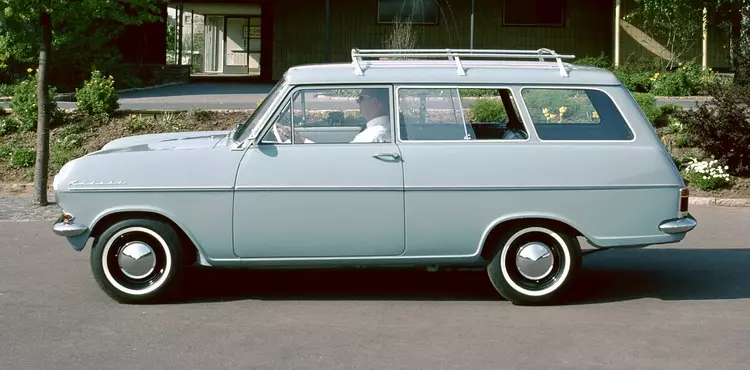
An oversized suitcase and plenty of space for six people (thanks to a third row of seats), plus an elastic motor and low maintenance costs, were the recipe for the success of the Kadett A.
Under the hood, the water-cooled, 993 cm3 four-cylinder engine pumped out 40 hp. In two years, Opel produced around 650,000 units.
Opel Kadett B Caravan (1965-1973)
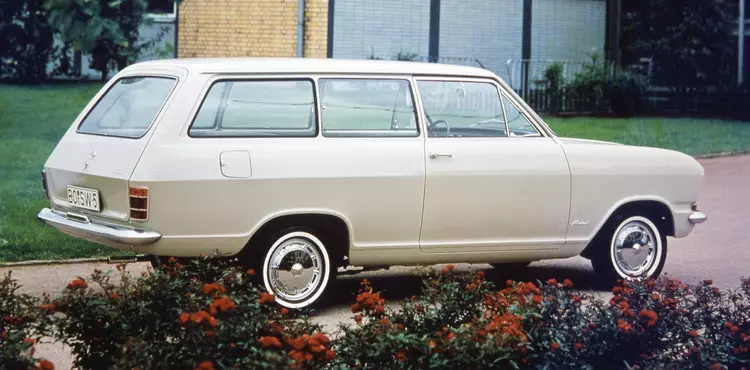
Kadett A was followed by Model B in 1965. The new generation was bigger than its predecessor: more than four meters in length. The Caravan variant, available since the model's launch, has been boosted in power — Opel engineers have increased the diameter of each of the four cylinders by 3 mm. As a result, the entry unit to the 1078 cm3 range developed 45 hp.
Subscribe to our newsletter
Kadett was an immediate success, with more than 2.6 million units produced in the period between September 1965 and July 1973. But the success was not limited to the country of origin. In 1966, the export share reached 50%, with sales in around 120 countries around the world.
Opel Kadett C Caravan (1973-1979)
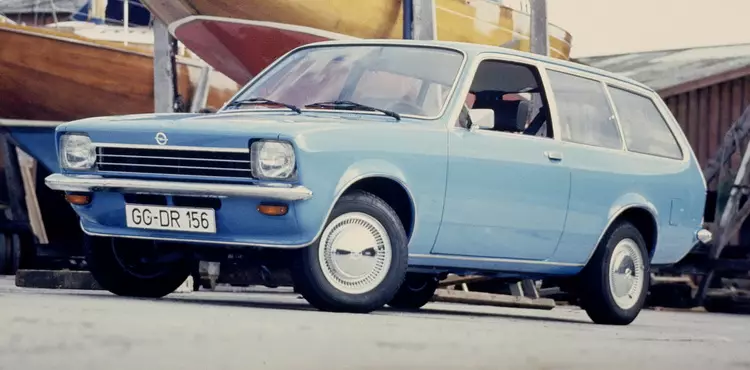
The Kadett C family emerged in 1973 with different facets: a 5-seater saloon, a station wagon with a tailgate or a sports coupe (GT/E) with “war paint”. Also in 1973, the rear-wheel drive Kadett C made its debut with a clean-line body and a new double wishbone front suspension.
In terms of design, the main highlights were the flat radiator grille, hood with central crease that was the brand's signature and a generous front spoiler. Between 1973 and 1979, 1.7 million units of this model were produced, whose main praise from the specialized press at the time was the low consumption and low maintenance cost.
Opel Kadett D Caravan (1979-1984)
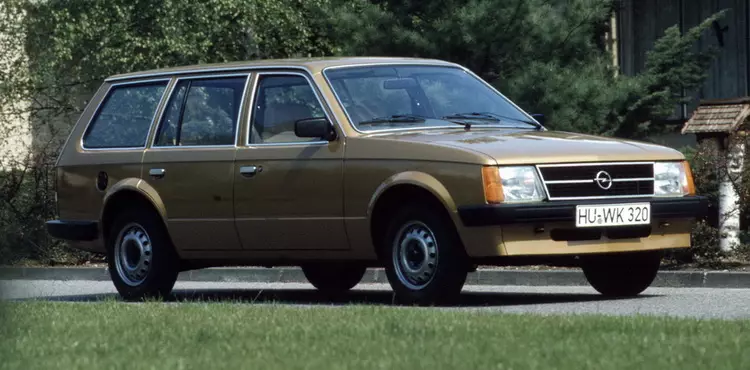
Opel's first front-wheel drive model debuted in the form of the Kadett D at the 1979 Frankfurt Motor Show. With a total length of 4.20 m and convincing packaging, the new model offered significantly more space in the cabin than the most of its rivals.
But it wasn't just the engine configuration and the chassis with torsion rear axle that broke with tradition: Kadett debuted a 1.3 OHC block that delivered 60hp or 75hp, depending on the versions. Other technical modifications included a slimmer, lower chassis, new steering dampers and ventilated disc brakes at the front. Between 1979 and 1984, 2.1 million Kadett D units left the factory.
Opel Kadett E Caravan (1984-1991)
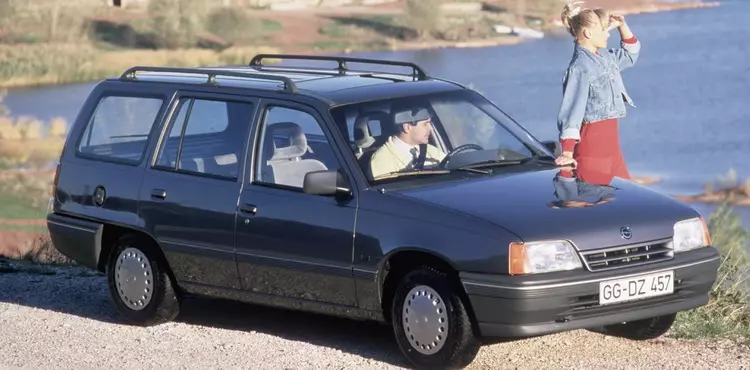
In its debut year, 1984, the second front-wheel drive Kadett was named “Car of the Year”, making it one of Opel's most successful models to date. By 1991, the German brand had sold 3,779,289 units of the Kadett E.
Endowed with the range of engines of the predecessor model, the Kadett E surprised due to its efficiency and high aerodynamics — the coefficient of drag of 0.32 (Cx) was the best in its category, thanks to the new configuration of rounded lines and 1200 hours of work in a wind tunnel.
Opel Astra F Caravan (1991-1997)
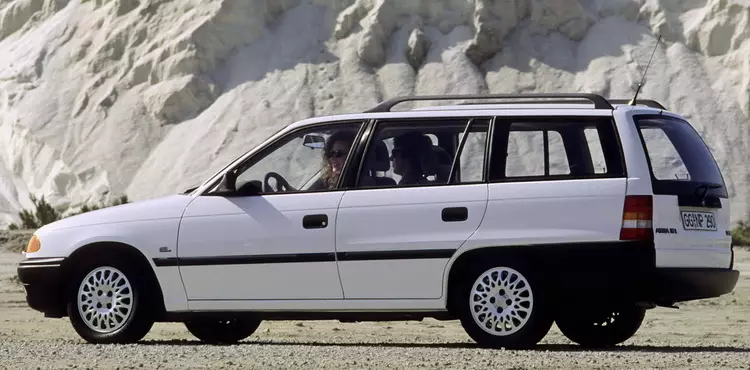
Between 1991 and 1997, 4.13 million Astra F were built, a figure that made this generation the best-selling Opel model ever. During the development phase, the brand bet on features that contributed to the success of previous models: modern design, interior space, enhanced comfort and, as a novelty, greater emphasis on environmental protection.
The Kadett's successor thus took on the name of its British sister model — the fourth generation Kadett had been marketed in the UK under the Vauxhall Astra designation since 1980. With this new model, Opel also launched a security offensive. All Astras were equipped with an active belt system with front seat tensioners, height-adjustable belts and seat ramps, as well as side protection that included double steel tube gussets on all doors. In addition, all engines were equipped for the first time with a catalytic converter in the exhaust system.
Opel Astra G Caravan (1998-2004)
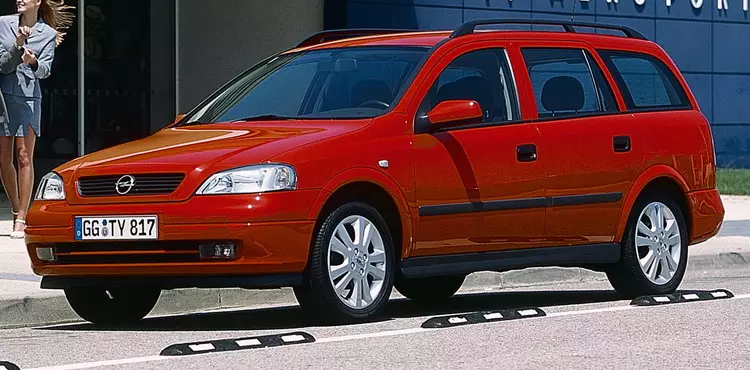
In the spring of 1998, the Astra was marketed early on in hatchback versions with three and five doors and a “station wagon”. The dynamic chassis, powertrain technology, torsional rigidity and flexural strength that almost doubled that of its predecessor were some of the characteristics of the second generation Opel Astra.
Once again, active safety was reinforced with a 30% increase in the luminous power of the H7 halogen headlamps and with the completely redesigned Dynamic Safety (DSA) chassis, which combined comfort with maneuverability. The wheelbase was about eleven centimeters longer, creating more space in the cabin and a boot with a capacity of up to 1500 l.
Opel Astra H Caravan (2004-2010)

Offering a choice of twelve different engines, with powers from 90 to 240 hp, and seven types of bodywork, the range of variants for the Astra H was unprecedented for the German brand. On a technological level, the van included the IDSPlus adaptive chassis system with Continuous Damping Control (electronic suspension control), which only existed in higher-segment cars, as well as the Adaptive Forward Lighting headlamp system with dynamic cornering light.
In keeping with tradition, the Astra also featured high levels of safety, having achieved Euro NCAP's five-star rating for adult passenger protection. This generation would sell around 2.7 million units.
Opel Astra J Sports Tourer (2010-2015)
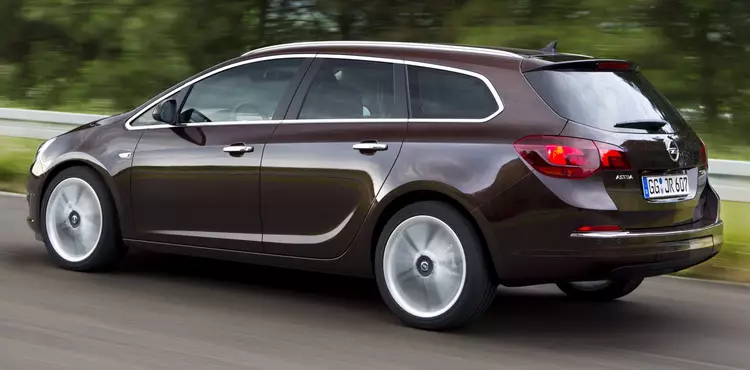
In 2010, the German van received the Sports Tourer designation for the first time, also adopting a range of technologies present in the Opel Insignia, such as the Opel Eye camera, AFL+ headlamps and FlexRide adaptive suspension. The Astra J, which adopted the brand's new design philosophy, also benefited from a new generation of front seats developed in line with the latest safety ergonomics studies.
Opel Astra K Sports Tourer (2016-current)
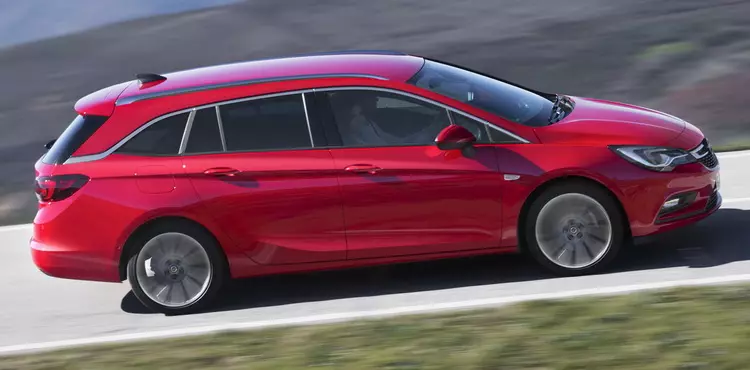
Following in the footsteps of the previous model, this year the brand launched the new generation of the Opel Astra Sports Tourer, with a new range of engines, more space in the interior (despite maintaining the exterior dimensions) and a reduction in weight of up to 190 kg. Another of the highlights are the new driving assistance systems, including Traffic Signal Recognition, Lane Maintenance, Lane Departure Alert, Distance Indication to Front Vehicle and Imminent Collision Alert with Autonomous braking, among others.
Whether in terms of dynamics, equipment, or comfort and technologies in the interior, the Sports Tourer version benefits from all the qualities that made the compact model the winner of the 2016 Car of the Year award. Consult our tests on the 160hp and 1.6 CDTI versions 1.6 CDTI of 110 hp.
Source: opel
